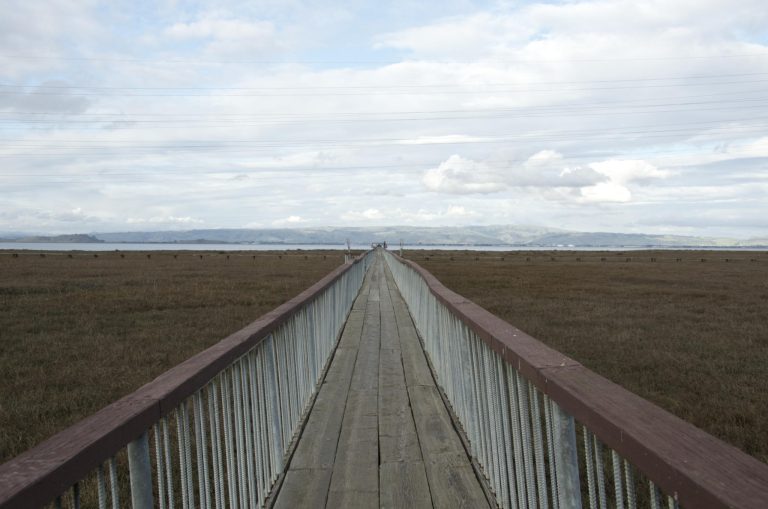Insights into the Shape of a Scene
Novels are made up of scenes—obviously. Like a string of pearls on a necklace, each scene must be complete, presenting characters moving within a capsule of time, accomplishing specific purposes or objectives that move the plot to the exciting climax and resolution of your story.
While not all scenes are structured the same—as certain types of scenes serve different purposes (see the book Writing Deep Scenes by Alderson and Rosenfeld)—for the most part, scenes function as mini novels, with a beginning, a rising middle, and a climax at the end.
Unlike most novel endings, scene endings often dangle and don’t wholly resolve. However, they should feel complete—that is, the purpose of the scene should be apparent to the reader in the last three lines. Everything in a scene builds to this high moment at the end.
Many writing instructors and books on fiction craft discuss this shape of scenes. But I’d like to go deeper and share a perspective and method that I teach in my master classes.
Anchor Points
I’ve analyzed countless scenes (thousands), and what I’ve noticed in the best of scenes is that, in addition to the steady build to the high moment, there are usually two, sometimes three, key moments that stand out.
These moments generally introduce something new or unexpected for the POV character and require the writer to make them bigger than the other moments in the scene.
Picture this like driving along a smooth, straight road for a while. But then a sharp curve appears ahead, and you have to slow down, pay close attention, and navigate it. Once you get beyond that, the road straightens out again and you go back into a kind of autopilot mode.
Since one of the important objectives in a scene is to have your character change (yes, in every scene) by the last line, then it’s obvious you, the writer (read: car driver) need to put in a couple of strong curves to shift the character’s direction.
What does that mean? I’m not talking about action, though that can certainly be what takes place in the shift. Mary the cop is chasing a robber down the street, but then the guy runs into the street and is hit by a bus. Mary then stops abruptly and shifts from chasing to frantically administering first aid, calling for an ambulance on her radio.
In that scenario, the action shift also requires an emotional shift and a reaction from the POV character. This is the same whether your key moments of “shift” are action or psychological or emotional. You can have a scene heavy with dialogue, and when your character learns something new, surprising, or distressing from the person she’s speaking with, her perspective shifts.
All these shifts are emotional and important to your story, whether or not they show significant outward action.
So what am I leading to here?
If we are clear about where our POV character is at the start of the scene (not just actually in location but emotionally—read my post on the 3 M’s of Character Setup) and how he will be at the end of the scene—changed—we know we need at least two key moments when something shifts.
I call those moments Anchor Points.
They are moments, however brief, that anchor the character in the scene and the scene’s purpose. Call them pivotal events, shifts, whatever. But, as anchors, they function in a way that weights the moment. I also talk about “blowing up” such moments, making them bigger.
How do we do this?
By creating beats. I’ve written about this a lot (and I teach it as a significant element of every scene). The kind of beats I’m talking about are pauses (not action beats). They’re the key moments when you want to anchor your reader and make them feel something.
Donald Maass says, “Readers read to care.” You can’t get your readers to care if you rush through these moments—or fail to include any!
There are many ways to create beats, but the idea is to “stop time.” Have your character react, pause, feel stopped in time to process what just happened. It can be as subtle as saying, “George blinked.” Or swallowed. Or blew out a breath.
It can be as obvious as a detonated reaction with the character yelling or crying out (if the moment calls for such a reaction).
I find it helpful to put a bullet list at the top of my scenes (you can do this before you start writing or even after you’ve got a draft). List the anchor points and what kind of shift you need to convey to your readers. Does your character get more scared? Less confident? More confused? Less angry? Shift from hurt to horror? From grief to relief?
Think this through, make your list, then work your scene to make each anchor point big so readers will care.
Go through some scenes of great novels you love. I am certain that you will find these anchor points. Often, they are spaced at one-third and two-thirds of the way through the scene. Of course, the ending is also an anchor point, usually (but not always) the biggest, most important one.
You’ll notice sometimes, near the end of the scene, that something has happened, and the character is reacting, their mood and/or mindset shifting. There is a beat or pause. The character reflects (internally, externally, or both). This leads to either more processing, more reaction, a decision, or a new action (the four components of the action-reaction cycle).
Scene writing is the most important skill if you are writing novels because they are the skeleton of your story. If you haven’t gone through my course 8 Weeks to Writing a Commercially Successful Novel, consider doing so. You will learn how to shape powerful, effective, emotionally charged scenes … which, in turn, will help you write a riveting novel!
Featured Photo by Vitaly Gariev on Unsplash











